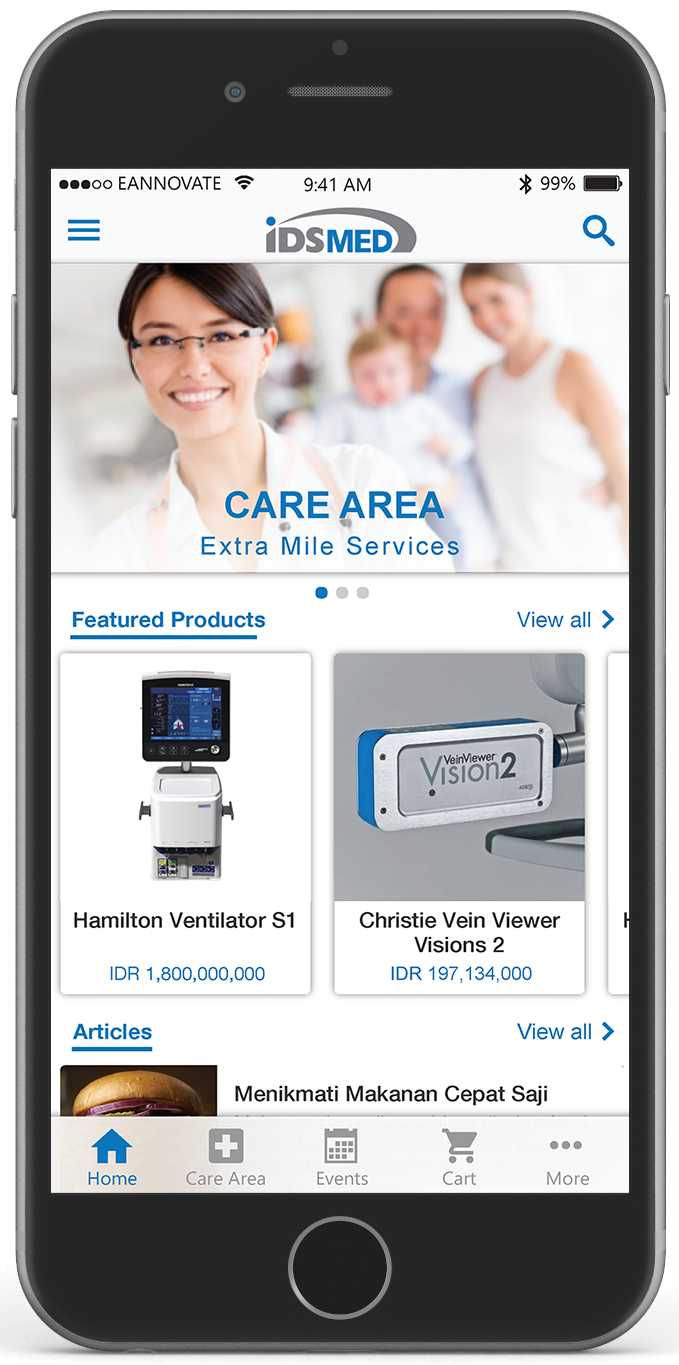It is very important to know your vital signs, which include body temperature, pulse rate, respiratory rate, and blood pressure. Many people have high blood pressure and sadly, they have no idea about it. The only way to know if it’s high is by having it checked.
For others, the pulse rate may be abnormally fast or slow or irregular. Oftentimes there may be no symptoms, but it may indicate a heart problem. Part of a physical exam includes checking your vital signs. That is one reason why it’s so important to be checked out by your medical provider.
DEFINITION
Vital signs are measurements of the body’s most basic functions. There are four main vital signs routinely monitored by healthcare providers:
- Body temperature
- Pulse rate
- Respiratory rate (rate of breathing)
- Blood pressure
Vital signs are useful in detecting or monitoring medical problems. Vital signs can be measured in a medical setting, at home, or at the site of a medical emergency. The result of the measurements will then be compared to the normal values of each of the vital signs, which vary by age, sex, weight, exercise capability, and overall health.
BODY TEMPERATURE
The normal body temperature of a person varies depending on gender, recent activity, food and fluid consumption, time of day, and, in women, the stage of the menstrual cycle. Normal body temperature can range from 36.5°C to 37.2°C for a healthy adult. A person’s body temperature can be taken in any of the following ways:
- Temperature can be taken by mouth using either the classic glass thermometer, or the more modern digital thermometers that use an electronic probe to measure body temperature.
- Temperatures taken rectally (using a glass or digital thermometer) tend to be 0.3°C to 0.6°C higher than an oral temperature. Rectal temperatures are generally thought to be the most accurate for checking a young child’s temperature.
- Armpit (axillary). Temperatures can be taken under the arm using a glass or digital thermometer. Temperatures taken by this route tend to be 0.3°C to 0.6°C lower than an oral temperature.
- By ear (tympanic). A special thermometer can quickly measure the temperature of the eardrum, which reflects the body’s core temperature (the temperature of the internal organs). The temperature is usually 0.3°C to 0.6°C lower than an oral temperature.
- By skin. A special thermometer can quickly measure the temperature of the skin on the forehead (temporal).
Body temperature may be abnormal due to fever (high temperature) or hypothermia (low temperature). A fever is indicated when body temperature rises about one degree or more over the normal temperature of 37°C, according to the American Academy of Family Physicians. Hypothermia is defined as a drop in body temperature below 35°C.
PULSE RATE
The pulse rate is a measurement of the heart rate, or the number of times the heart beats per minute. As the heart pushes blood through the arteries, the arteries expand and contract with the flow of the blood. Taking a pulse not only measures the heart rate, but also can indicate the heart rhythm and strength of the pulse.
The normal resting heart rate for healthy adults ranges from
60 to 100 beats per minute. The pulse rate may fluctuate and increase with exercise, illness, injury, and emotions. Generally, a lower heart rate at rest implies more efficient heart function and better cardiovascular fitness. For example, a well-trained athlete might have a normal resting heat rate closer to 40 beats per minute and experience no problems.

To measure your heart rate, simply check your pulse. Place your index and third fingers on your neck to the side of your windpipe. To check your pulse at your wrist, place two fingers between the bone and the tendon over your radial artery — which is located on the thumb side of your wrist.
When you feel your pulse, count the number of beats in 15 seconds. Multiply this number by four to calculate your beats per minute.
Although there is a wide range of normal, an unusually high or low heart rate may indicate an underlying problem. Consult your doctor if your resting heart rate is consistently above 100 beats a minute (tachycardia) or if you’re not a trained athlete and your resting heart rate is below 60 beats a minute (bradycardia) — especially if you have other signs or symptoms, such as fainting, dizziness or shortness of breath.
RESPIRATORY RATE
The respiratory rate is defined as the number of breaths a person takes during a one-minute period while at rest. Recent studies suggest that an accurate recording of respiratory rate is very important in predicting serious medical events; studies also suggest that measurements of respiratory rate are not done as often as they should be, so it’s been coined the “ignored vital sign.”
Respiratory rate is measured by counting the number of breaths a person takes in a one-minute period. Since many factors can affect the results, understanding how to take an accurate measurement is very important.
The rate is usually measured when a person is at rest and simply involves counting the number of breaths for one minute by counting how many times the chest rises. Respiration rates may increase with fever, illness, and with other medical conditions. When checking respiration, it is important to also note whether a person has any difficulty breathing.
Normal respiration rates for an adult person at rest range from 12 to 16 breaths per minute. Children have faster respiratory rates than adults, and the "normal" respiratory rate can vary significantly by age.
BLOOD PRESSURE
Blood pressure is the force of the blood pushing against the artery walls during contraction and relaxation of the heart. Each time the heart beats, it pumps blood into the arteries, resulting in the highest blood pressure as the heart contracts. When the heart relaxes, the bloods pressure falls.
Two numbers are recorded when measuring blood pressure. The higher number (systolic pressure) refers to the pressure inside the artery when the heart contracts and pumps blood through the body. The lower number (diastolic pressure) refers to the pressure inside the artery when the heart is at rest and is filling with blood. Both the systolic and diastolic pressures are recorded as "mm Hg" (millimeters of mercury).
High blood pressure (hypertension) directly increases the risk of heart attack, heart failure, and stroke. With high blood pressure, the arteries may have an increased resistance against the flow of blood, causing the heart to pump harder to circulate the blood. Blood pressure is categorized as normal, elevated, or stage 1 or stage 2 high blood pressure:
- Normal blood pressure is systolic of less than 120 and diastolic of less than 80 (120/80)
- Elevated blood pressure is systolic of 120 to 129 and diastolic less than 80
- Stage 1 high blood pressure is systolic is 130 to 139 or diastolic between 80 to 89
- Stage 2 high blood pressure is when systolic is 140 or higher or the diastolic is 90 or higher
These numbers should be used as a guide only. A single blood pressure measurement that is higher than normal is not necessarily an indication of a problem. Your doctor will want to see multiple blood pressure measurements over several days or weeks before making a diagnosis of high blood pressure and starting treatment. Ask your provider when to contact him or her if your blood pressure readings are not within normal range.
Reference
















